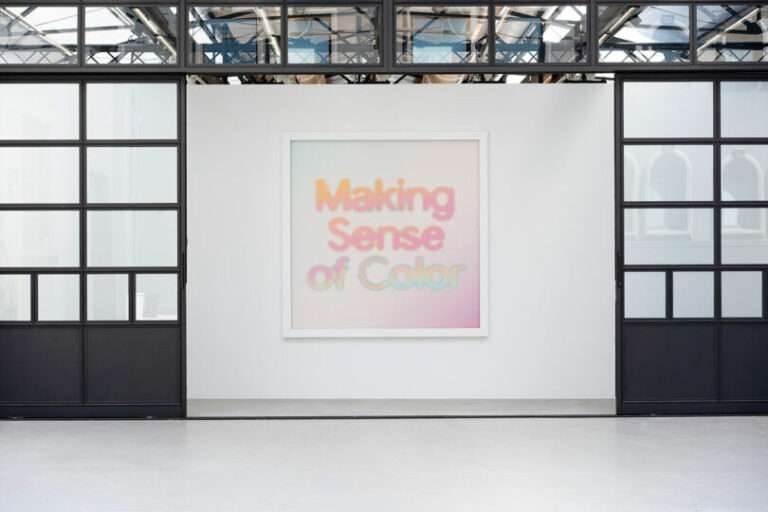
It may come as a surprise, but the human experiences of taste, hearing, smell, touch, and sight, share the computing capacity of technologies like the pocket calculator, hard disk, USB Key, and computer network, respectively. Google Hardware Design Studio, in…
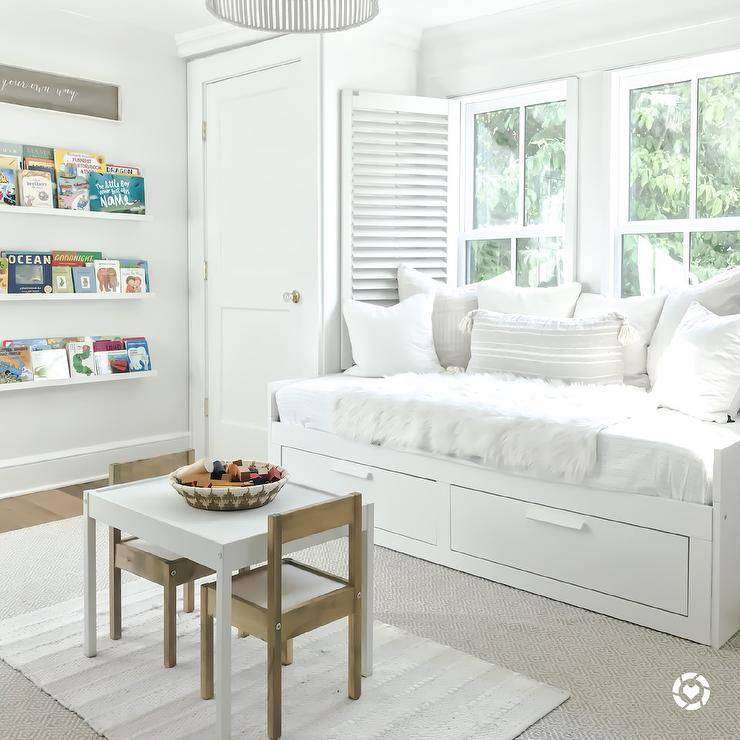
Imagine transforming your living space with a simple yet magical piece of furniture that adapts to your every need – meet the day bed, your new best friend! We’re about to dive into the world of stylish comfort that promises…
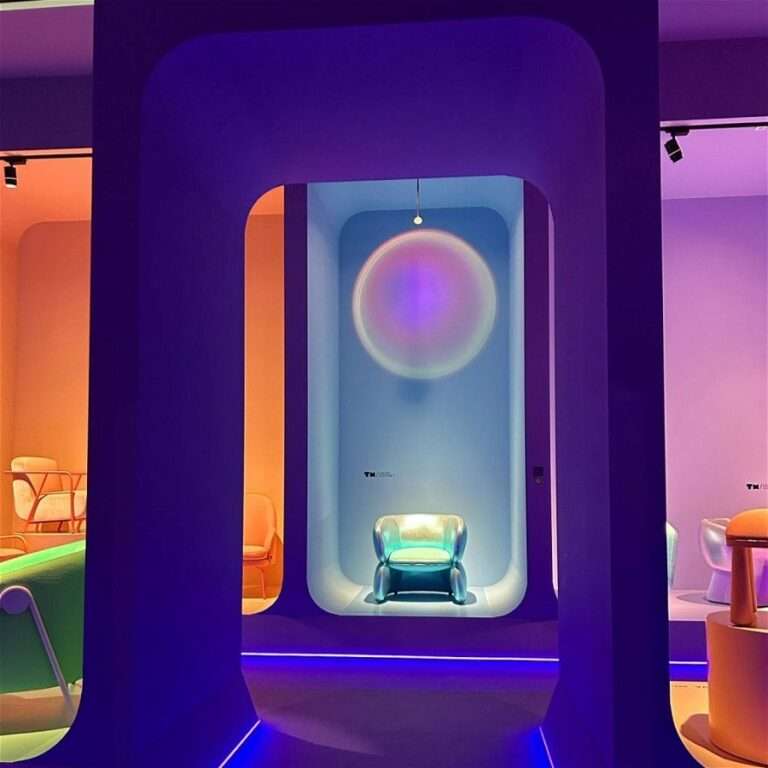
The design pulse beats vigorously at the heart of Italy, where Salone del Mobile Milano 2024 unfolded with a record-breaking flourish. This year’s edition was marked by a record turnout and a strong presence of international exhibitors. Decorilla’s team was…
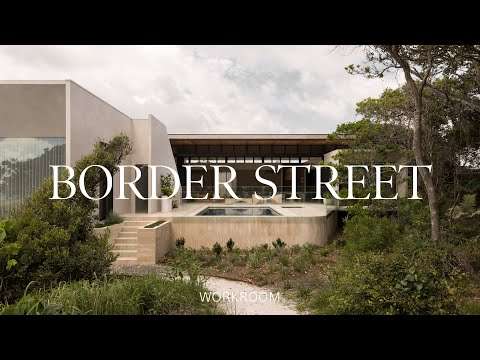
Nestled on the beach in one of Australia’s most serene coastal enclaves, Border Street is an expensive home and eloquent response to the pristine Byron Bay environment where it resides. Artfully conceived by Workroom, the residence shuts out the rest…
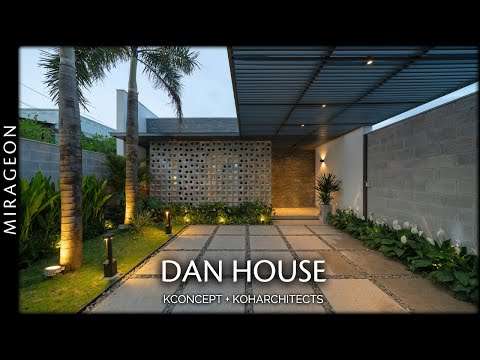
This house exemplifies eco-friendly design by seamlessly integrating indoor and outdoor spaces for sustainable and private living. Dan House is a true haven of tranquility, where every space has been carefully planned to foster an intimate connection with nature. Its…
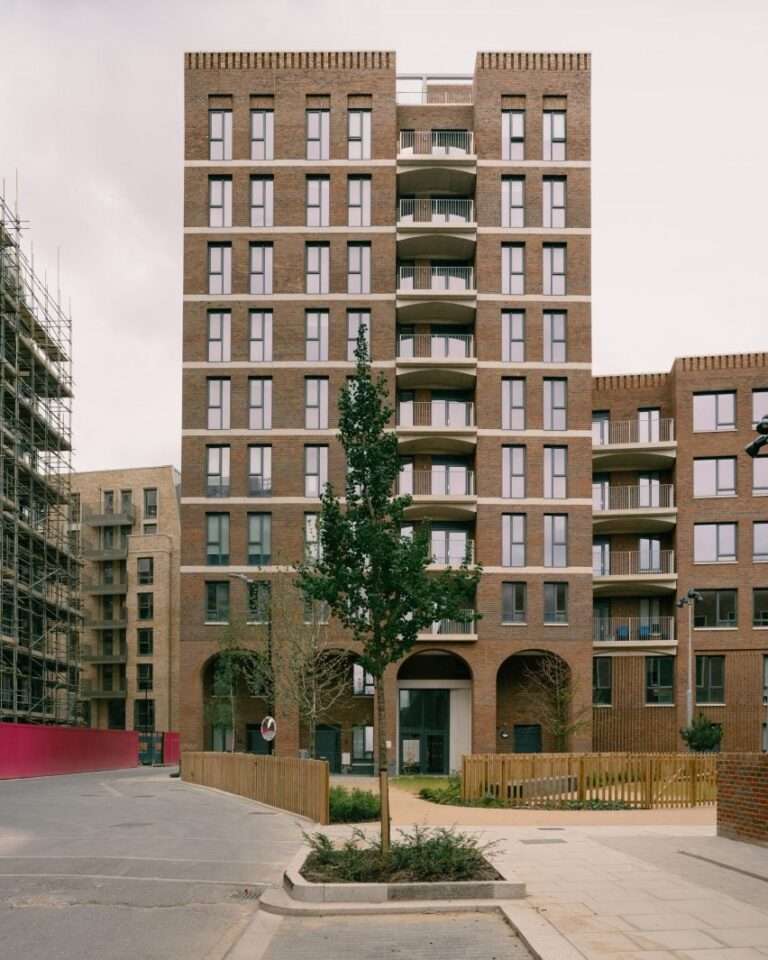
London studio Mae Architects has created Harriet Hardy House in Southwark, a block of 119 social homes complete with a community centre and cafe. Commissioned by Southwark Council, the housing forms part of the Aylesbury estate redevelopment and is organised…
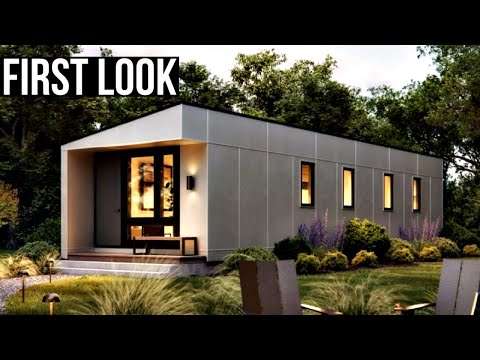
There is a new modern modular home builder located on near the East Coast of America. Right now they’re building one model, a two bedroom one bathroom home with a front living room. People frequently ask about modern options available…
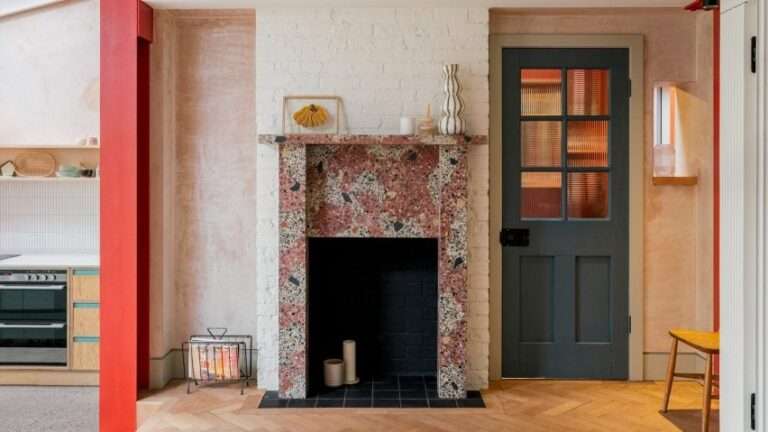
The latest edition of our weekly Dezeen Agenda newsletter features this year’s Don’t Move, Improve! awards shortlist. Subscribe to Dezeen Agenda now. Annual awards programme Don’t Move, Improve! has revealed its shortlist for this year’s competition, hosted by New London Architecture…
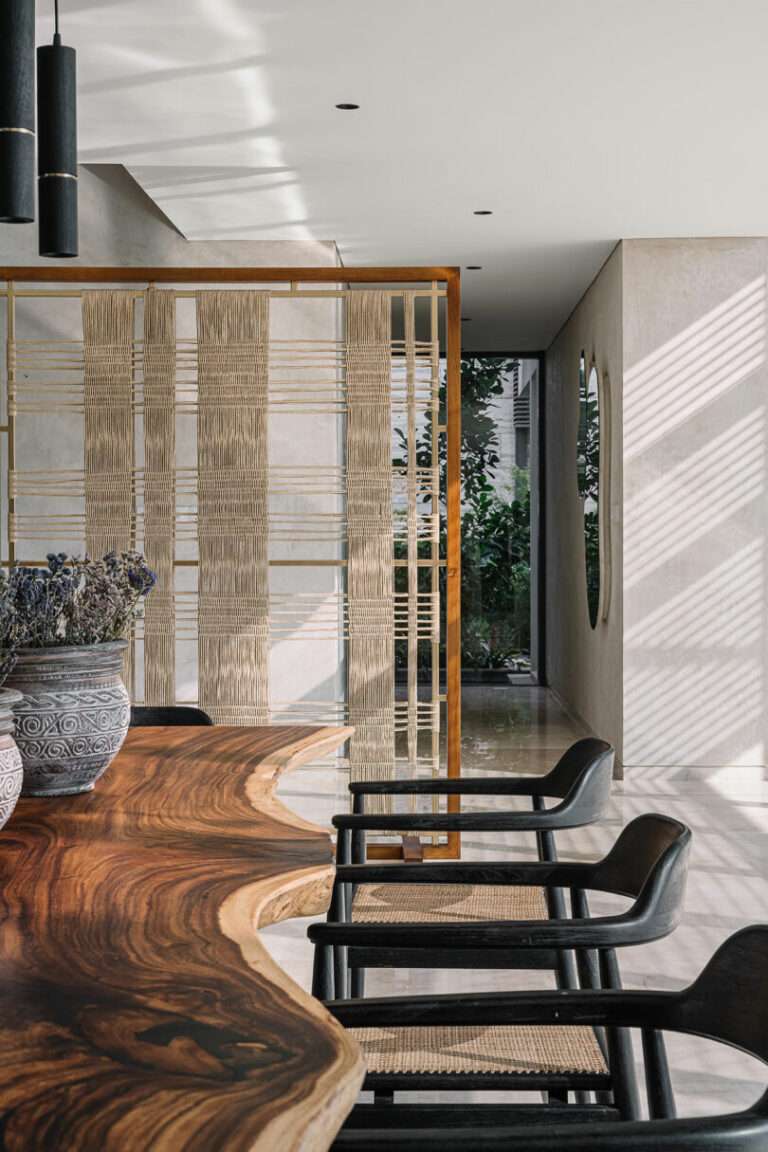
In the bustling city of Bangalore, India, The Villa Tabebuia stands as a serene, Zen-inspired sanctuary with a contemporary Japanese-style designed by TaP Design Inc. The vision behind Villa Tabebuia was to create a space that exudes tranquility and elegance…
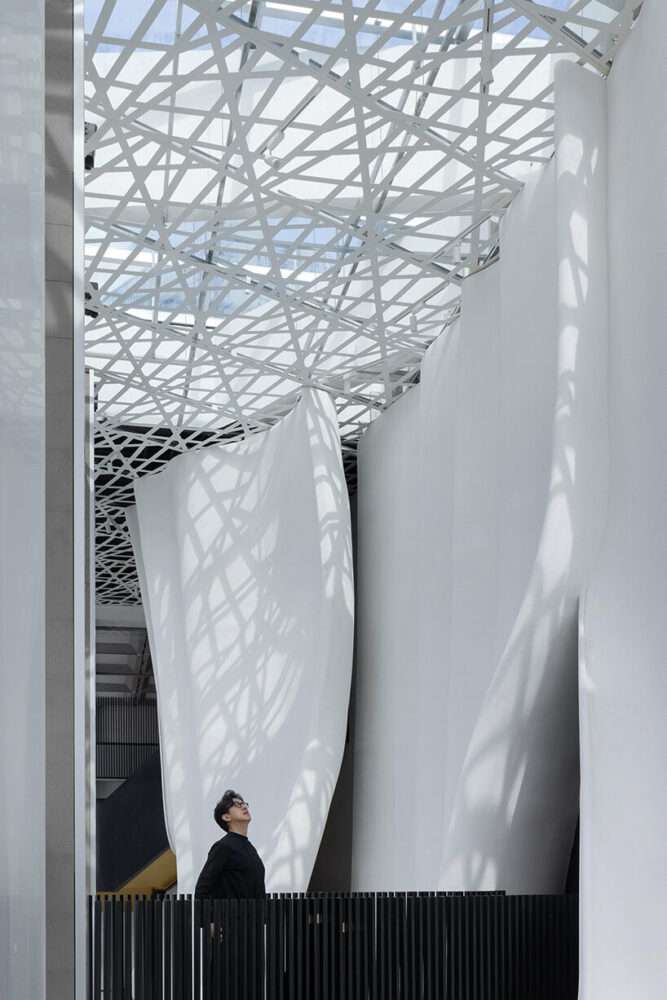
‘the veil’ unveiled in shenzhen In Shenzhen, China, Groundworks Architects has completed The Veil, a city lounge offering a workplace and escape from the busy urban environment. The project’s sinuous, minimalist architecture stands in stark contrast to its industrial surroundings.…

Milan Design Week 2024 visitors who stopped by the 100R exhibition had the chance to see how aluminum scrap can be turned into coveted design objects that are ready for mass production. Norwegian aluminum and renewable energy company Hydro is…
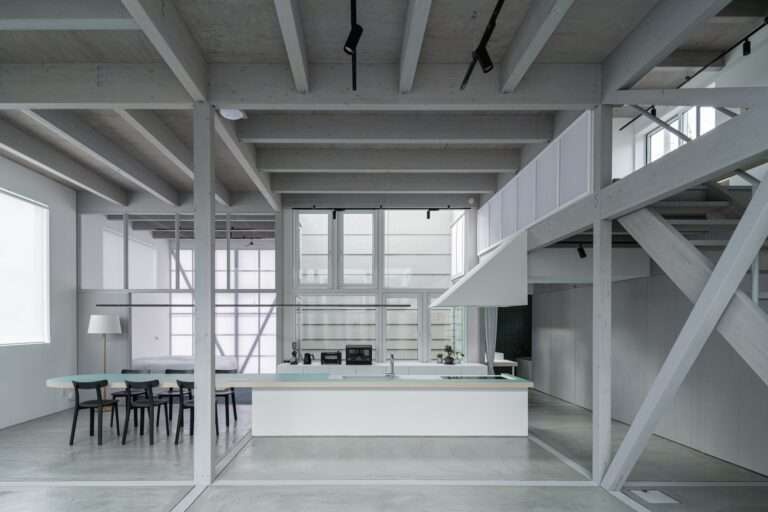
House in Hokkaido is a minimalist home located in Hokkaido, Japan, designed by Jun Igarashi Architects. The design revisits the traditional “shop house” concept where commercial spaces and residential areas intermingled, creating a dynamic street life. This architectural approach reflects…
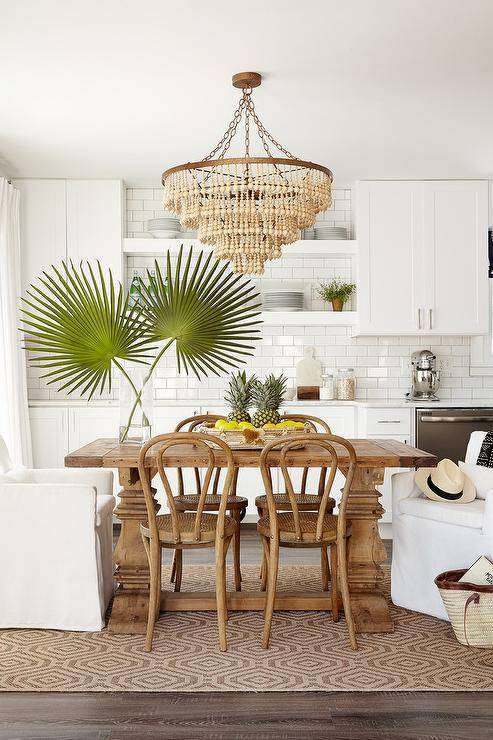
Mixing wood tones in your home can seem daunting at first, but with a few key strategies, it can create a warm and inviting atmosphere. The secret lies in balancing the undertones and the grain patterns of different woods. By…
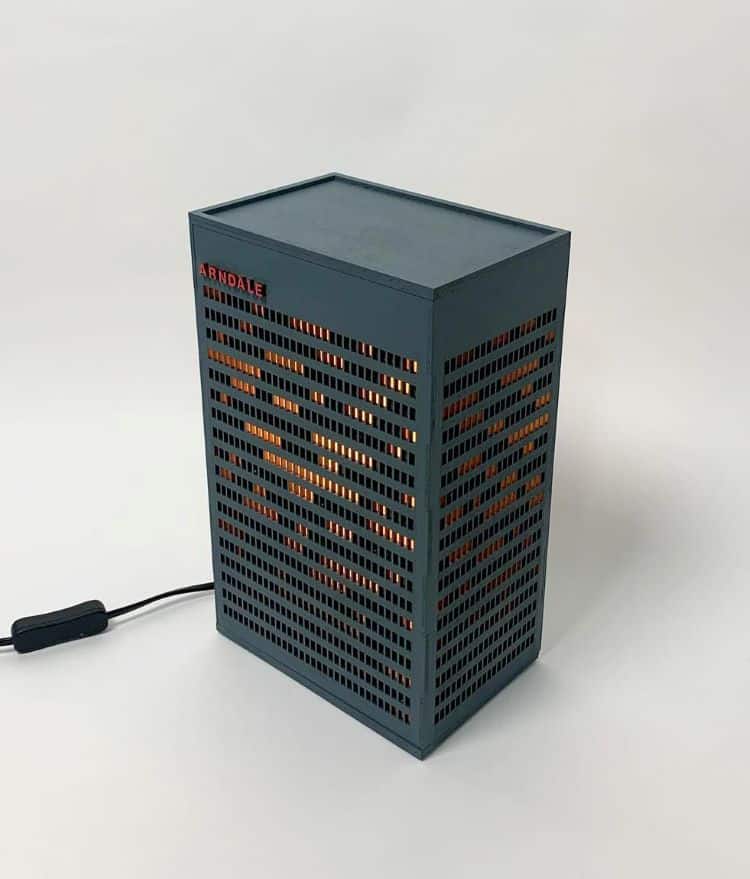
For many, a lamp is a functional piece of furniture that lights up a space. But for an artist known as bycal, illuminating a room presents a unique opportunity for a creative and inventive design. Instead of following the usual…
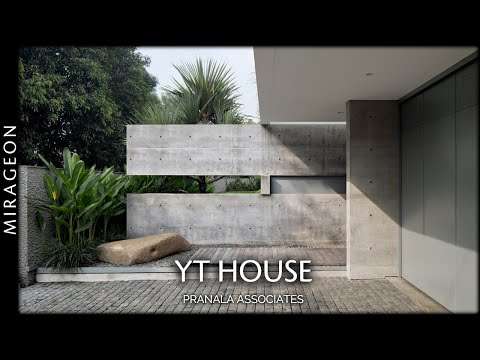
The YT House is a residence located in the south of Bandung that emphasizes privacy through the strategic use of trees to obscure the external view. Designed by Pranala Associates, the house is characterized by an emphasis on privacy, offering…
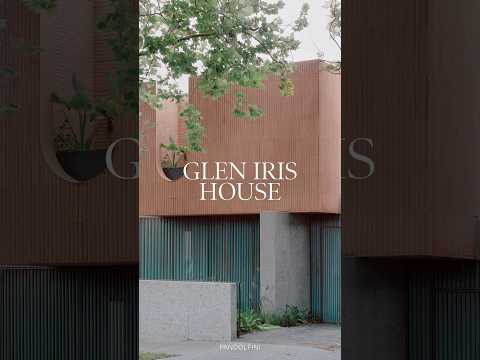
…
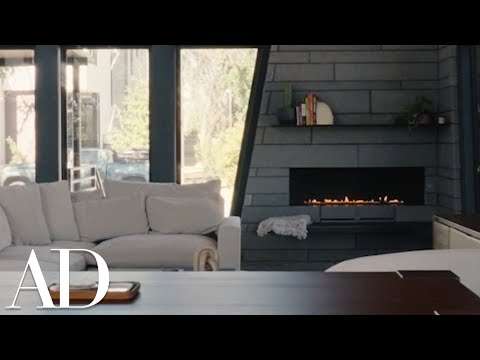
Joshua Weissman’s home was inspired by the work of renowned Austin architect, A.D. Stenger. Want even more AD? Subscribe to the magazine and get a free tote ►► Still haven’t subscribed to Architectural Digest on YouTube? ►► Read…
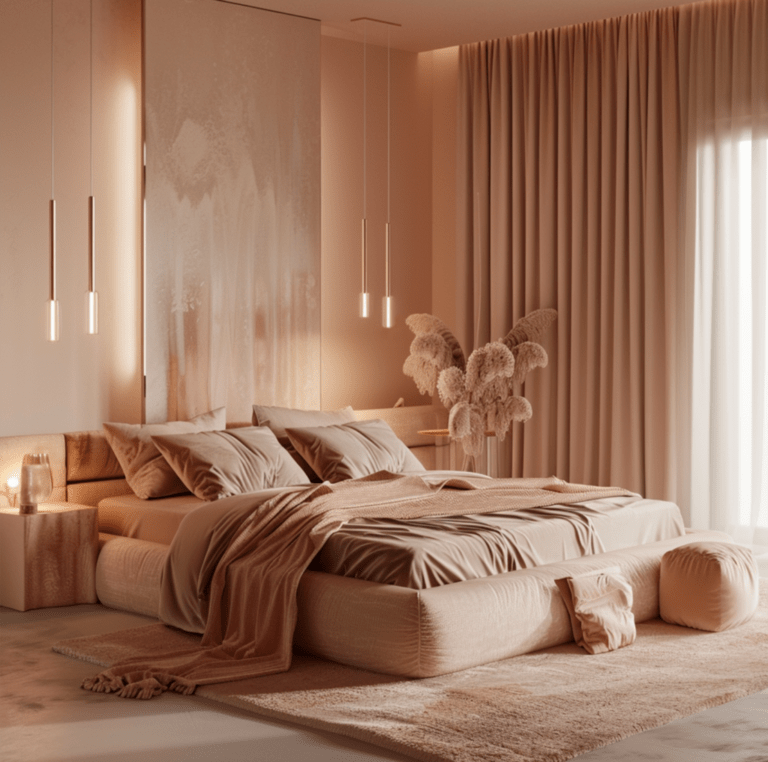
PANTONE is the universal language of colour for designers, brands, and manufacturers. Therefore, it’s safe to say the Pantone Colour Institute holds a lot of sway when it decides what’s hot. Since starting in 1999, the company’s trend forecasting of…
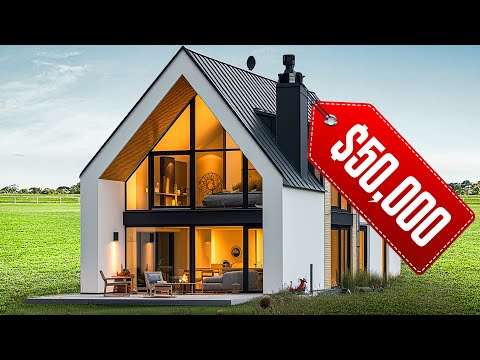
🏠 Explore the world of tiny homes with our latest video: “Tiny House Listings for Sale Under $50K You Can Buy Now”! Dive into the details of various tiny homes listed for under $50,000, from mobile units to eco-friendly abodes,…
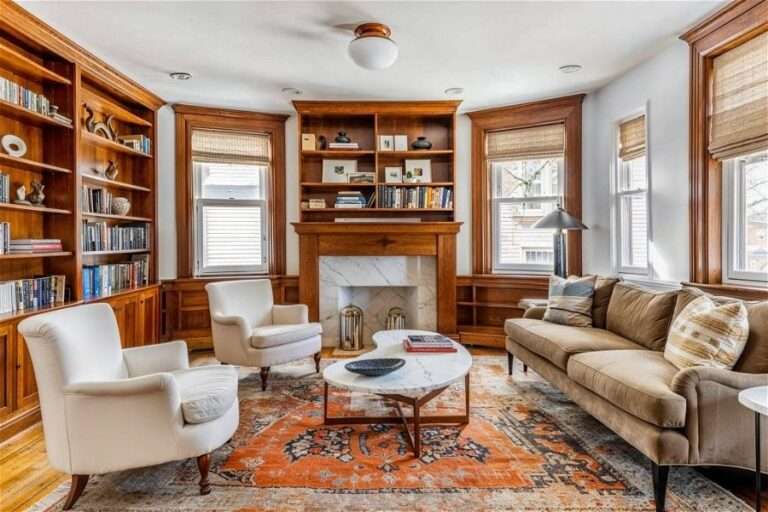
How can an eclectic twist on mid-century decor style redefine a home? Our latest feature story reveals one such transformation, where bold, eclectic accents meet sleek forms. Step into this eclectic mid-century modern home where every detail contributes to a…


















